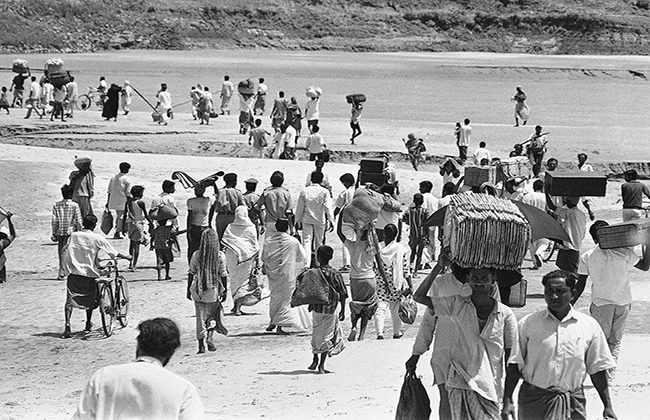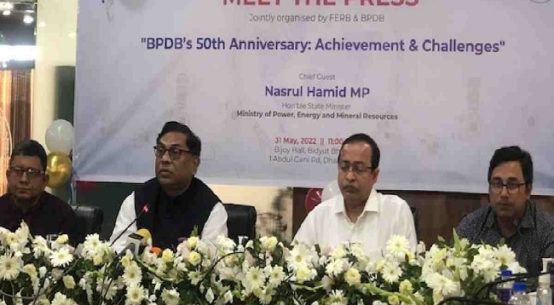
The country’s rivers had played a vital role in defending and guiding the trajectory of the 1971 War of Liberation to victory as a larger number of operations run by the freedom fighters was on the rivers. In 1971, rivers played one of the critical strategic roles, resisting the free and frequent movement of the enemies – Pakistani occupation forces. Most importantly, rivers acted as front-line soldiers by encountering enemies in the first place in the War of Liberation. During the War of Liberation, Bangladesh was strategically divided into 11 sectors to defeat the Pakistani army. As Bangladesh is a riverine country, rivers formed most sector boundaries.
Some 87 percent (precisely 86.89pc) of the total boundary of the 11 sectors was demarcated by the rivers, according to a study conducted over the role of rivers in the War of Liberation by a non-government organisation –River and Delta Research Centre (RDRC). Mainly, rivers such as Padma, Brahmaputra, Meghna, Jamuna, Surma, Madhumati, and Muhuri played a key role in the formation of the sectors.The highest 100 percent boundary of Sector-1 was demarcated by rivers, while lowest 76.32 percent of Sector-7 was drawn by rivers.
Based on the study findings, the RDRC prepared several maps that help understand the geographical aspects, especially rivers and water bodies of Bangladesh in 1971 and how they influenced Bangladesh’s birth.The Sector-10, which covered the entire waterways of Bangladesh including coastal areas, rivers and seaports was formed on May 13, 1971, before the other sectors formed on 12-15 June, 1971.
According to government official data, naval commandos of sector-10 had undertaken 78 operations along with Jackpot and Hot Pants. In addition, the RDRC in its study found more than 300 guerrilla operations carried out on rivers.In these operations, rivers served as a natural defence, and tactical advantage support mechanism that holds an unassailable position on the enemy side of the river.
In this manner, rivers led to the success in the Liberation War. Big and small rivers, monsoon and rains, have isolated, slowed the enemy forces from their occupation, led to national strength and often to war success, cumulating to national independence. “We found 1270 rivers and streams existed during 1971 in Bangladesh. Every channel and stream played a role of direct defence, as well as served as a tactical advantage support mechanism that holds an unassailable position,” said RDRC chairman Mohammad Azaz.
He said the eastern units of Pakistani troops were supported and supplied the logistics and ammunition through river networks from the beginning of the war in March 1971. In the beginning, the guerilla operations were mainly on land, he added. As the operations increased, Pakistani troops used rivers and waterways as the safest network. Ships and supply chain networks were active and transported across all the major river ports in the country. This situation was functional up to mid-August, he said.
“We found that the naval operations and other operations on rivers gained attention globally, and Pakistani forces started losing their confidence and started losing the war from August to December 1971.The guerrilla operations had also lowered the morale of the Pakistani army,” said Azaz.
During the 1971 War of Liberation, rivers and waterbodies played a vital role in facilitating communication within and outside the country and helped demolish the Pakistani Military. The influence of Pakistani occupation forces started declining sharply due to naval operations particularly after August 16, 1971, which led to the victory and birth of Bangladesh as a new country in the world’s map.


